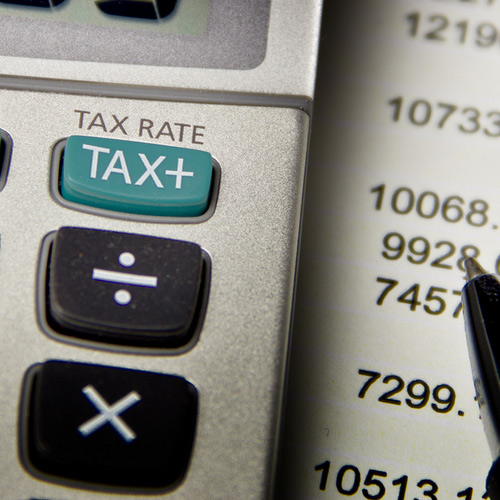The Self Assessment tax system provides a tax collection system to help the taxpayer prepare for upcoming tax years and maintain a budget. Usually one expects to calculate the amount of tax due for the previous tax year and make the payment by the end of the following January. However, due to the payment on account system - the actual bill may differ.
We have put together a calculator to help estimate tax payments and their due dates from a collection of income figure provided by you. The calculator will attempt to give the best estimate it can but certain factors will affect the accuracy.
Payments on account are generally added to the main tax payment made in January following the end of the previous tax year. They equal around half of the tax calculation amount but in certain circumstance can be less or even zero. These include:
- A total tax calculation of less than £1,000.
- A position where more than 80% of the tax calculation has already been paid.
- Certain exclusions from the payment on account, such as student loans, class 2 NIC's and Capital Gains taxes.
- Tax that has already been collected such as PAYE.
- Adjustment requests from the taxpayer to reduce the payment on account.
The payment on account is made alongside the balancing payment in January and then a further payment on account is made at the end of July.
The balancing payment in the sum difference between the two payments on account already made and the actual total tax dude for the tax year.
You can use the Estimate Tax Payments calculator to give you fast breakdown online. It will be available for the last three years incomes updated in line with each new tax year.

